Liege, located in the French-speaking region of Wallonia in Belgium, has a rich history of urban development that spans centuries. The city’s strategic location along the Meuse River contributed to its early importance as a trade and manufacturing hub. Here is an overview of the history of urban development in Liege:
- Medieval Period (9th – 15th centuries):
- Liege’s origins can be traced back to the 9th century when a Carolingian fortress was established on the site. The city gradually developed around this fortress.
- In the 12th century, Liege became a major center for metalworking and trade, particularly in iron and weapons manufacturing.
- The city gained a degree of autonomy and developed a unique political structure, with a Prince-Bishop ruling over the secular and spiritual aspects of the city.
- Renaissance and Baroque Period (16th – 18th centuries):
- During the Renaissance, Liege experienced cultural and economic growth. The construction of notable buildings, such as the Prince-Bishop’s Palace, reflected the prosperity of the city.
- The 17th century brought about religious conflicts and wars that impacted Liege. The city faced a decline in the 18th century, partially due to economic challenges and power struggles.
- Industrial Revolution (19th century):
- The Industrial Revolution had a significant impact on Liege. The city transformed into an industrial powerhouse, particularly in the steel and coal industries.
- The urban landscape changed with the construction of factories and workers’ housing. The expansion of transportation networks, including railways and canals, further facilitated industrial growth.
- 20th Century:
- Liege played a crucial role in both World Wars. The city suffered damage during the conflicts but underwent reconstruction and redevelopment in the post-war period.
- The decline of traditional industries in the mid-20th century led to economic challenges and urban restructuring. Efforts were made to diversify the economy and revitalize the city.
- Contemporary Period:
- In recent decades, Liege has focused on urban renewal and redevelopment projects to enhance its appeal as a modern European city.
- The preservation of historical sites and buildings, such as the Grand Curtius Museum and the Collegiate Church of St. Bartholomew, is balanced with contemporary architecture and infrastructure developments.
- Liege continues to be an important economic and cultural center in Wallonia, with a mix of historical charm and modern amenities.
Throughout its history, Liege has faced challenges and changes that have shaped its urban development. The city’s ability to adapt to economic shifts while preserving its historical identity contributes to its unique character in the present day.

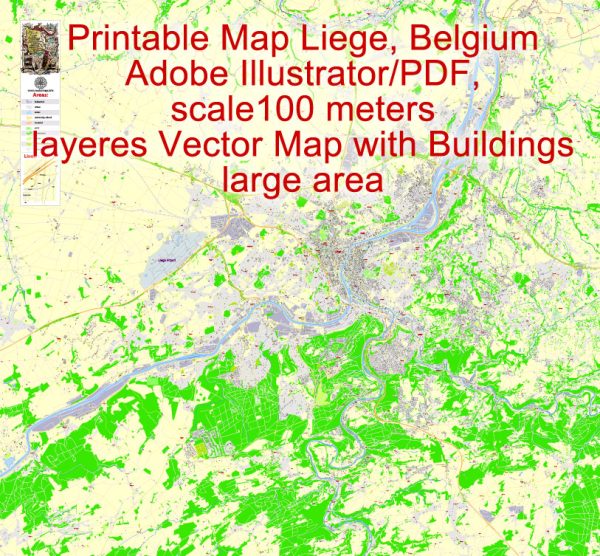
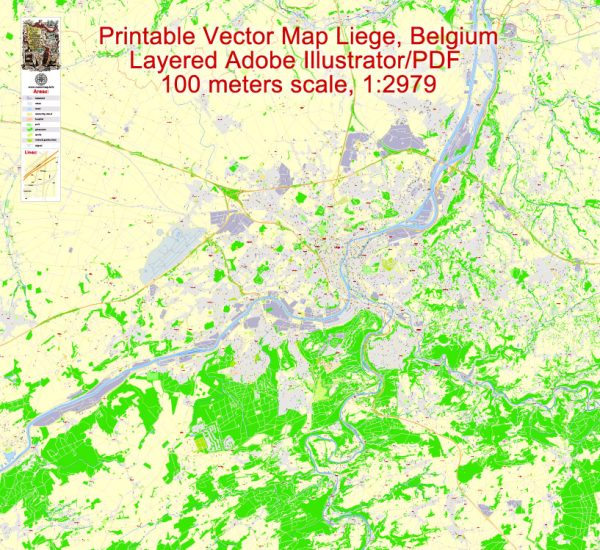
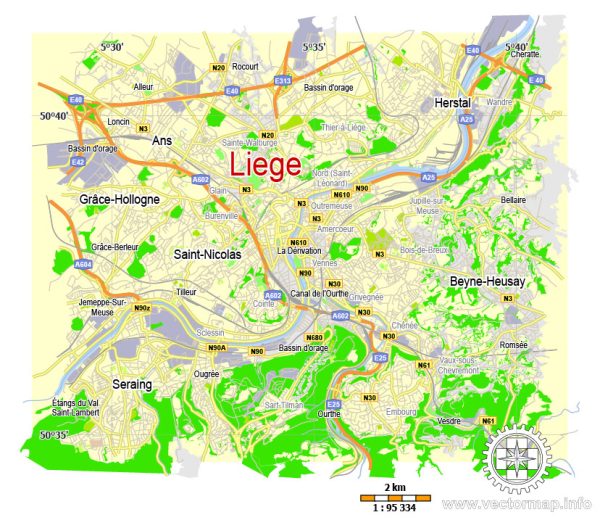
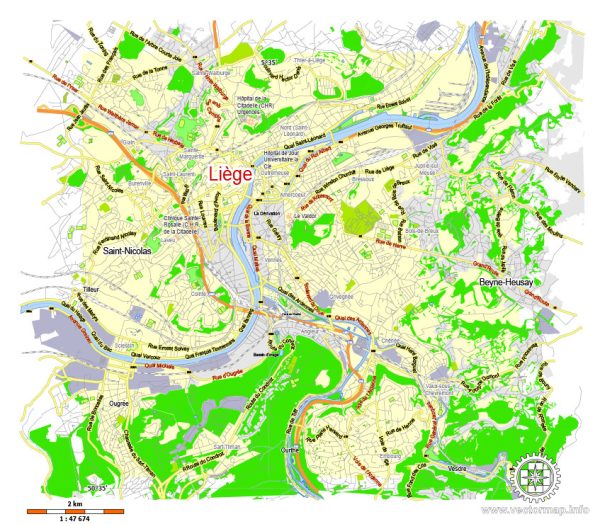
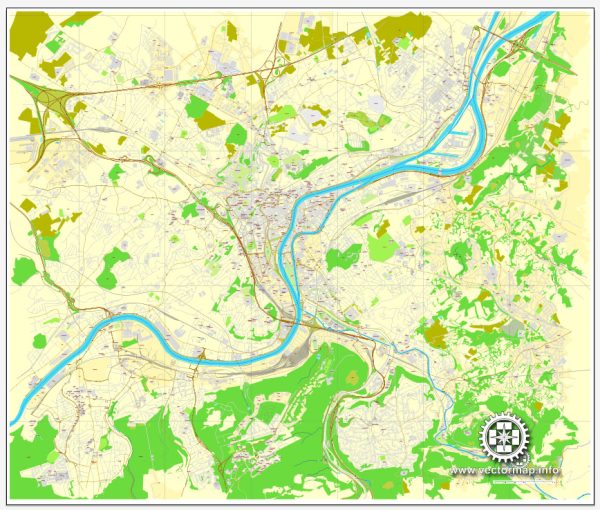
 Author: Kirill Shrayber, Ph.D.
Author: Kirill Shrayber, Ph.D.